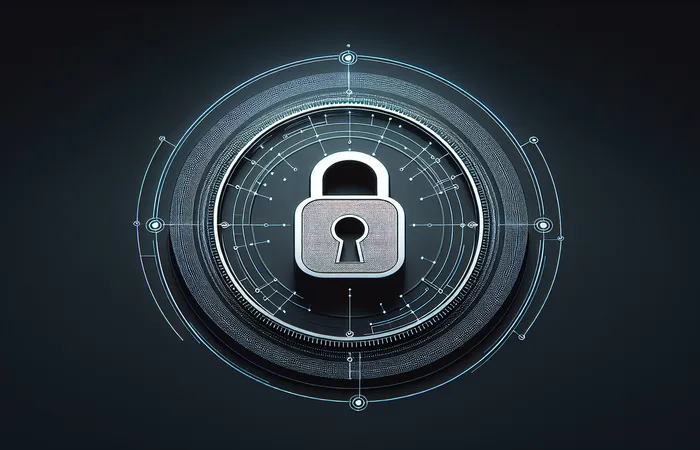Exploring the Role of Cryptography in Modern Cybersecurity

Cryptographic techniques play a crucial role in ensuring the security and integrity of data in today's digital landscape. In this article, we will explore the significance of cryptography in modern cybersecurity and its impact on safeguarding sensitive information.
The Importance of Cryptography in Cybersecurity
In an age where cyber threats are on the rise, cryptography serves as a vital tool for protecting data from unauthorized access and manipulation. By using encryption algorithms, organizations can securely transmit information across networks, safeguarding it from cybercriminals and other malicious actors. With the increasing adoption of cloud computing and IoT devices, the need for robust cryptographic solutions has never been greater.
Ensuring Data Confidentiality and Integrity
One of the primary goals of cryptography is to ensure the confidentiality and integrity of data. Encryption techniques such as AES (Advanced Encryption Standard) and RSA (Rivest-Shamir-Adleman) are commonly used to protect sensitive information from prying eyes. By encrypting data at rest and in transit, organizations can prevent unauthorized parties from accessing and tampering with valuable data.
Authentication and Access Control
Cryptography also plays a key role in authentication and access control mechanisms. Technologies like digital signatures and public-key infrastructure (PKI) help verify the identity of users and ensure that only authorized individuals can access certain resources. By employing strong cryptographic protocols, organizations can prevent identity theft and restrict access to confidential data.
Cryptographic Algorithms and Protocols
There are various cryptographic algorithms and protocols that are widely used in cybersecurity. From symmetric encryption methods like DES (Data Encryption Standard) and 3DES (Triple Data Encryption Standard) to asymmetric encryption schemes such as Diffie-Hellman and ECC (Elliptic Curve Cryptography), each cryptographic technique serves a specific purpose in securing data. It is essential for organizations to stay updated on the latest cryptographic developments and best practices to mitigate potential vulnerabilities.
Cryptanalysis and Defense Strategies
As cyber threats continue to evolve, so do cryptanalytic techniques used by attackers to break cryptographic systems. Organizations must be proactive in identifying potential weaknesses in their cryptographic implementations and implement defense strategies to mitigate the risk of compromise. Regular security audits and penetration testing can help uncover vulnerabilities before they are exploited by malicious actors.
Conclusion
In conclusion, cryptography plays a critical role in modern cybersecurity, providing organizations with the means to protect their data from unauthorized access and manipulation. By implementing strong cryptographic solutions and adhering to best practices, businesses can safeguard their sensitive information and maintain the confidentiality and integrity of their data. With the ever-changing threat landscape, staying abreast of the latest cryptographic trends and technologies is essential to maintaining a secure digital environment.



